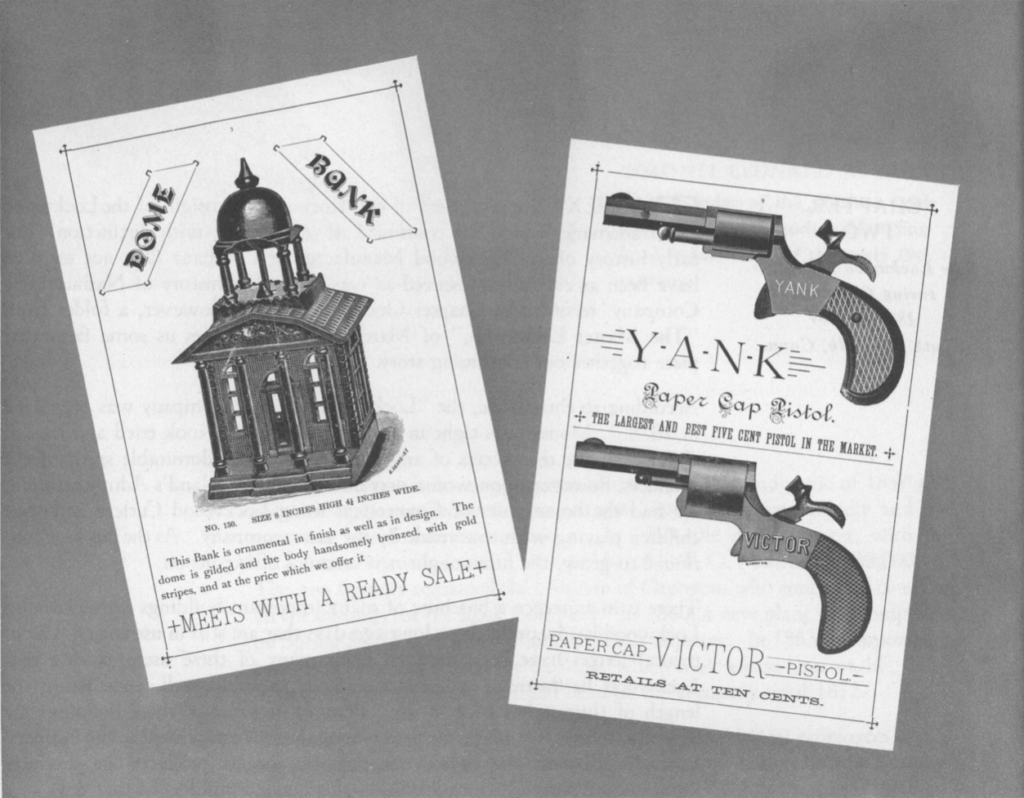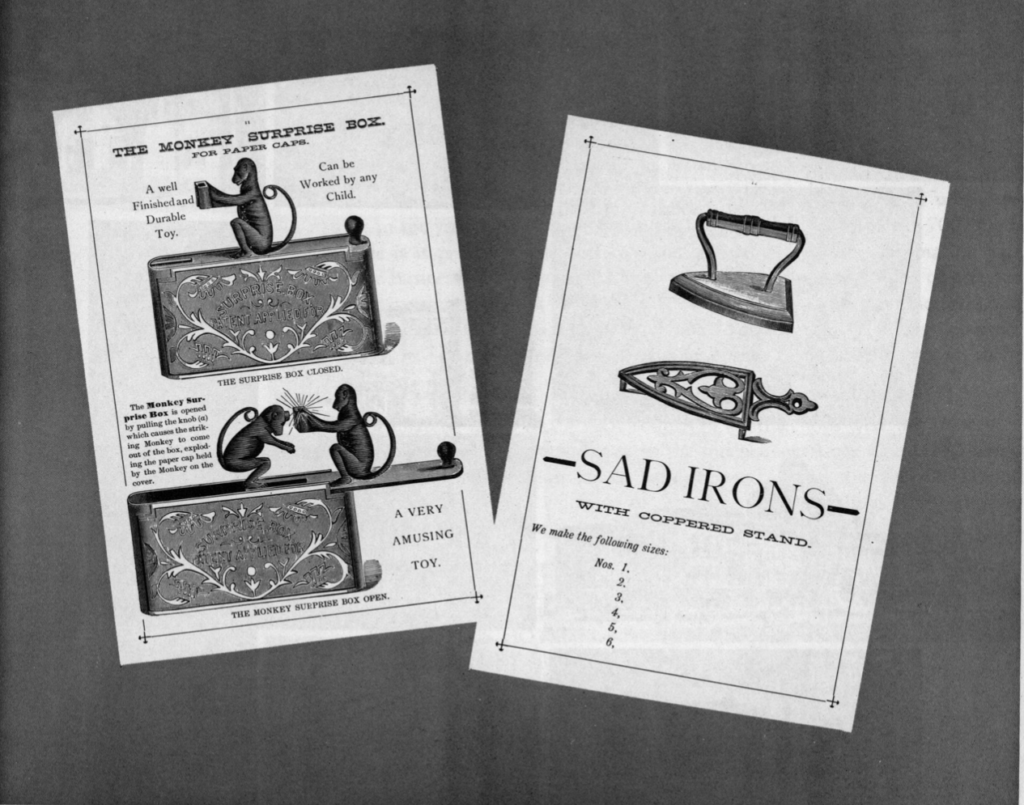Note: The following is a republished excerpt from the Lockwood Hardware Manufacturing Company’s Lockwood – The story of its past, the basis for its future. Published in 1953, and based almost entirely off of literature produced for Lockwood’s 1952 sales convention, it recounts the history of the Lockwood Hardware Manufacturing Company from 1834 until 1952.
By 1953, the Lockwood Hardware Manufacturing Company, then a division of the Independent Lock Company with both being headquartered in Fitchburg, Massachusetts, fielded branch offices in New York City, Philadelphia, Baltimore, Chicago, and Selma, Alabama along with five manufacturing plants in Fitchburg and one in Selma.
We have made no changes to this excerpt and what you see is exactly how it was printed in 1953, albeit in a different medium.
Chapter Two, The Lockwood Manufacturing Company 1888 to 1909
THE NEXT important era of this story was the origin of the Lockwood trademark, which has continued its good name with distinction. The earlier history of the Lockwood Manufacturing Company does not seem to have been as carefully preserved as was the earlier history of Nashua Lock Company, recorded in Chapter One. We do find, however, a folder from “The Master Locksmith,” of March 1930, that gives us some facts that piece together our continuing story.
According to this article, the “Lockwood & Lester Company was organized in 1878.” Money was tight in the early 80’s and it took tried and trusted ability to pave the success of any enterprise. The indomitable spirit of the founders, however, soon won a way and during Cleveland’s Administration, we found the housewives of Connecticut using Lockwood Cutlery and their children playing with toys made by the same company. As the business continued to grow, the firm sought new avenues of expansion.
There is in existence a brochure of many important buildings equipped with Lockwood hardware in those long ago days that are still in use today. Documental letters have been received from many of these users, stating that Lockwood hardware is still functioning remarkably well, considering the length of time it has been in use. Pictures of some of these buildings are reproduced here. By 1909, the firm was again well established in the builders’ hardware business and, while not then the largest producer, its products drew wide acceptance from leading architects and builders of that day.

Piggy Banks, Cap Pistols, Sad Irons; these were some of the interesting items in addition to builder’s hardware, catalogued by Lockwood and Lester in 1887.
Lockwood’s expansion program be best be verified by reprinting here a clipping from the “Hartford Daily Courant” of May 2, 1930, as follows:
“On July 4, 1887, nearly every boy in town was shooting a cap pistol made by Lockwood & Lester, who operated a small foundry on property owned by General Nelson Taylor. Taylor had been an office in Fremont’s Army, a 49’er, a Brigadier General and a Congressman.
Following the death of Lester the previous year, the Lockwood Manufacturing Company was formed in 1888 with Taylor as President and Lockwood as Treasurer and General Manager. Builder’s hardware offered an attractive market and the new firm entered that field, with no more than a dozen locks in their line and a few door plates garnished with flower pots and daisies that were the rage of Queen Victoria’s day.
In 1889, the Corporation purchased the Nashua Lock Company and entered the Builders’ hardware business in earnest. Taylor died five years later and Lockwood carried on active service until his death in 1926. During the firsts twenty-three years of operation, the capital stock of the company was increased to 25 shares.”
Again in “The Master Locksmith” article previously referred to, the following progress is recorded.
“consistent and steady growth”
“research work, experimentation and produced development”
“well equipped factory”
“a thousand patterns in its vaults”
“establishment functions like a harmonious family”
“large number of prominent buildings equipped with Lockwood keyed systems”
“high standards acquired through long training.”

